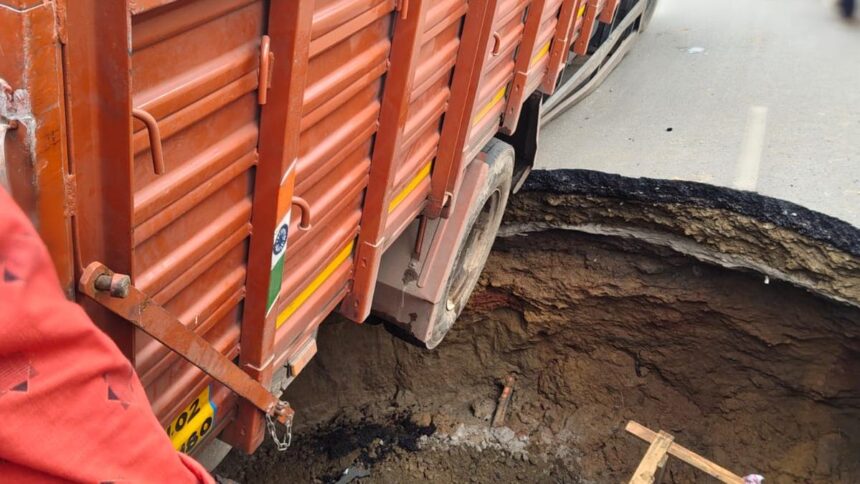
AAI has constructed five RETs, which aim to augment the airport’s capacity to handle 45 flights an hour without any congestion. Picture used for representational purpose only
Of the nearly 450-470 flights which land and take off from Chennai airport, a small number of aircrafts using the newly opened Rapid Exit Taxiway (RET) named ‘Victor’ have been able to save on time and fuel, a recent study by Airports Authority of India (AAI) shows.
The study found, of five RETs built and put to use so far at Chennai airport, RET ‘Victor’ has been most efficient for flights landing on the Guindy end of the main runway (25 end). The Runway Occupancy Time (the extent of time an aircraft stays on the runway) of flights using this RET has decreased by an average of 22 percent, the study found.
Officials of AAI said, in the past few years, AAI has constructed five RETs, all of which were planned and built with the objective of augmenting the airport’s capacity to handle 45 flights an hour in future without any congestion. RET ‘Victor was the last to be commissioned by the airport and is located between RET ‘Mike’ and RET ‘Delta’. At present, officials said, the airport handles 36 flights an hour without much of an issue.
“Any RET is built to quickly enable an aircraft to depart from the main runway and reach the terminal and it will also in turn improve the Runway Occupancy Time of the airport. Recently, we started using a software to measure the time saved by aircraft when they use these RETs. During this time of the year, majority of the landings take place in the Guindy end of the main runway and before RET ‘Victor’ was commissioned, most of the flights were using RET ‘Mike’ to arrive at the terminal. But now, after RET ‘Victor’ was commissioned, many of them have begun using it as it makes for easier exit of the runway to get to the terminal, saving time and fuel,” an official said.
The study was done for about 20 days in July covering nearly 3,500 flights; of that, about 600 arriving flights at Chennai airport used RET ‘Victor’ and it was found that they added around 147 minutes to the main runway’s capacity during that period. “The runway occupancy time for these flights decreased from 59 seconds to 46 seconds,” he noted.
After November, when the wind pattern changes, the number of landings will increase in Pallavaram end of the runway (07 end). “At that time, the RET ‘Zulu’ will be beneficial. Similar study will be carried out yet again to monitor the efficiency of RET ‘Zulu,” another official said.
Published – August 21, 2025 12:49 am IST




















